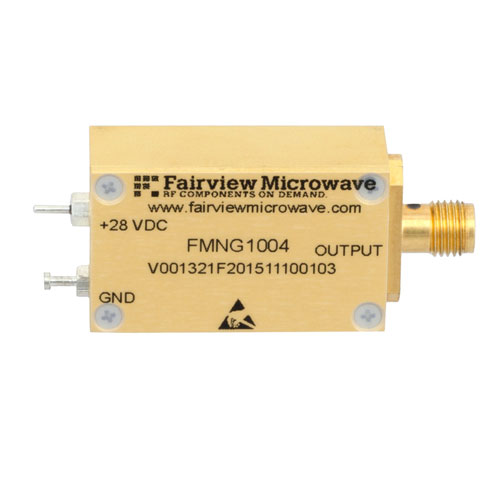

The calculated values are different in the left and right coronary tree.Ĭontrast agent dispersion is dependent on a complex interplay of several different factors characterizing the cardiovascular bed, including vessel size and integrated vascular length. Overall, the average myocardial blood flow errors are -28% ± 16% and -8.5% ± 3.3% at rest and stress, respectively, and the average myocardial perfusion reserve error is 26% ± 22%. These are evaluated with regard to dispersion (assessed by the width of CA concentration time curves and associated vascular transport functions) and errors of myocardial blood flow and myocardial perfusion reserve quantification.Ĭontrast agent dispersion increases with traveled distance as well as vessel diameter, and decreases with higher flow velocities. Using advanced boundary conditions, simulations of blood flow and CA transport are conducted at rest and under stress. In this work, a computational fluid dynamics analysis is performed to investigate these errors on the basis of realistic 3D models of the left and right porcine coronary artery trees, including vessels at the pre-arteriolar level. To better understand these effects on quantification of myocardial blood flow and myocardial perfusion reserve (MPR), an in-silico model of the coronary arteries down to the pre-arteriolar vessels has been developed. These noise extensions have been implemented and tested with the ‘Quite universal circuit simulator’ (Qucs).īolus-based dynamic contrast agent (CA) perfusion measurements of the heart are subject to systematic errors due to CA bolus dispersion in the coronary arteries. To demonstrate the power of the suggested approach the text describes time-domain noise extensions to the SPICE diode, BJT, JFET, MOSFET and MESFET models. The proposed technique is suitable for use with any general purpose circuit simulator. This paper introduces a simple tabular noise source technique, which adds time-domain noise to semiconductor device models and integrated circuit macromodels.
Qucs noise voltage source software#
This is particularly true for software packages developed from SPICE 2g6 or 3f5. It is also unusual to find circuit simulators that extend noise simulation to the time domain. Moreover, circuit simulators with rf analysis capabilities usually specify circuit performance in terms of S parameters and model high-frequency noise in terms of noise waves and correlation matrices. Simulation of device and circuit noise at low frequencies is often carried out as part of a small-signal ac analysis.


 0 kommentar(er)
0 kommentar(er)
